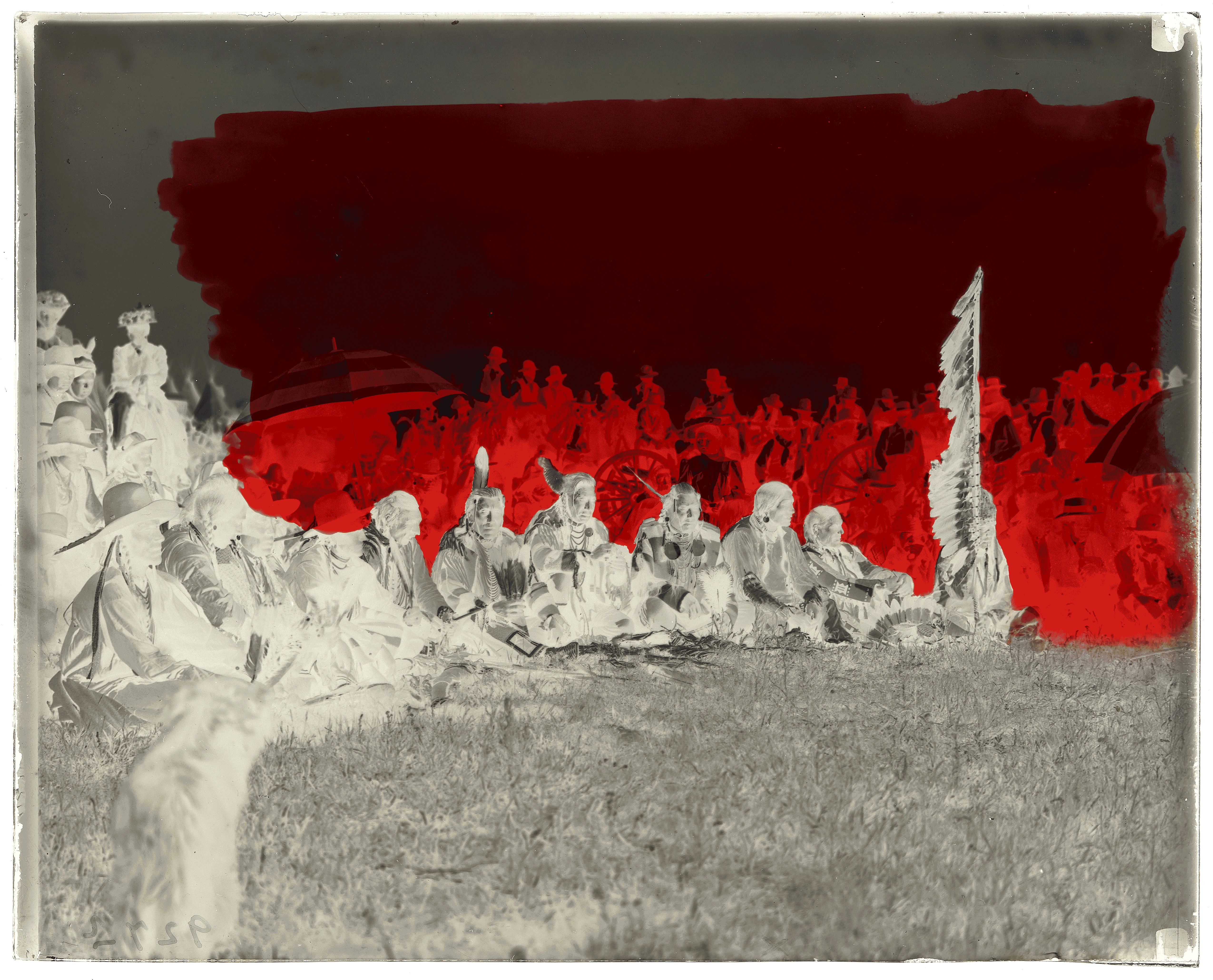To Open a Clearing: Cultivating Spaces of Endurance in the Upper Amazon
To effectively challenge the policies of extraction and depletion implemented by late liberal regimes, the Waorani communities residing in the Ecuadorian Amazon have devised spatial strategies to preserve their traditional territory. By reexamining Mary Louise Pratt's concept of the contact zone and delving into the juxtaposition between settler and Indigenous literature, spatialities, and worldviews, this thesis suggests the concept of forest Clearings as a means to explore spatial forms of endurance.
Numerous Clearings emerge within the Amazon, where encounters between divergent worldviews have engendered otherwise modes of existence. These spaces originate from mutualistic relationships between ants and plants, the material necessities for cultivating cocoa and economic trees within traditional gardens amidst the forest, the aspiration to establish new settlements or reclaim former ones adjacent to oil platforms to assert sovereignty over traditional territories, and acts of weaving and singing while renewing a corporeal connection with the Amazon. Through a series of fieldwork reflections drawing upon Elizabeth Povinelli's notion of quasi-events, these Clearings are perceived as spaces where ontological negotiations are more likely to occur, strategies of enduring exhaustion are nurtured, potentiality is sheltered, and forms of dominance—even if for a moment—rattle.
At the core of the thesis narrative lies the ambition of a particular Waorani community to establish a Museo Vivo, or a living museum, on the outskirts of the city of Coca. While scrutinizing the intertwined histories of museum as hegemonic infrastructures that facilitate extractive colonial projects in the region, this work nevertheless recognizes the Waorani's appropriation of the museum as a trap to ensnare our attention and redirect the focus towards a more pressing matter: the defense of their territory. Serving as a spatial strategy to withstand the exhaustion caused by extractive practices in the Amazon, the living museum can be viewed as the creation of a Clearing—an emancipation from prevailing forms of dominance through the subversion of hegemonic ontologies. Within the Clearing, dominant self-identities "get mixed up," inviting individuals to transcend their existing roles and fostering alternative life forms capable of sustaining a stubborn refusal to collapse.
In essence, this work serves as an invitation to acknowledge our own agency as researchers, academics, architects, and artists when navigating the ambivalent movements of establishing and suppressing Clearings during interactions with local communities like the Waorani. The work proposes that assuming responsibility as active agents within the social ecology of Clearings—embracing the condition of being "seen seen" by one another—gives rise to new collaborative practices and ontological exchanges.
Master of Environmental Design thesis at the Yale School of Architecture.
Advisors:
Ana Maria Duran Calisto,
Keller Easterling
2021-2023
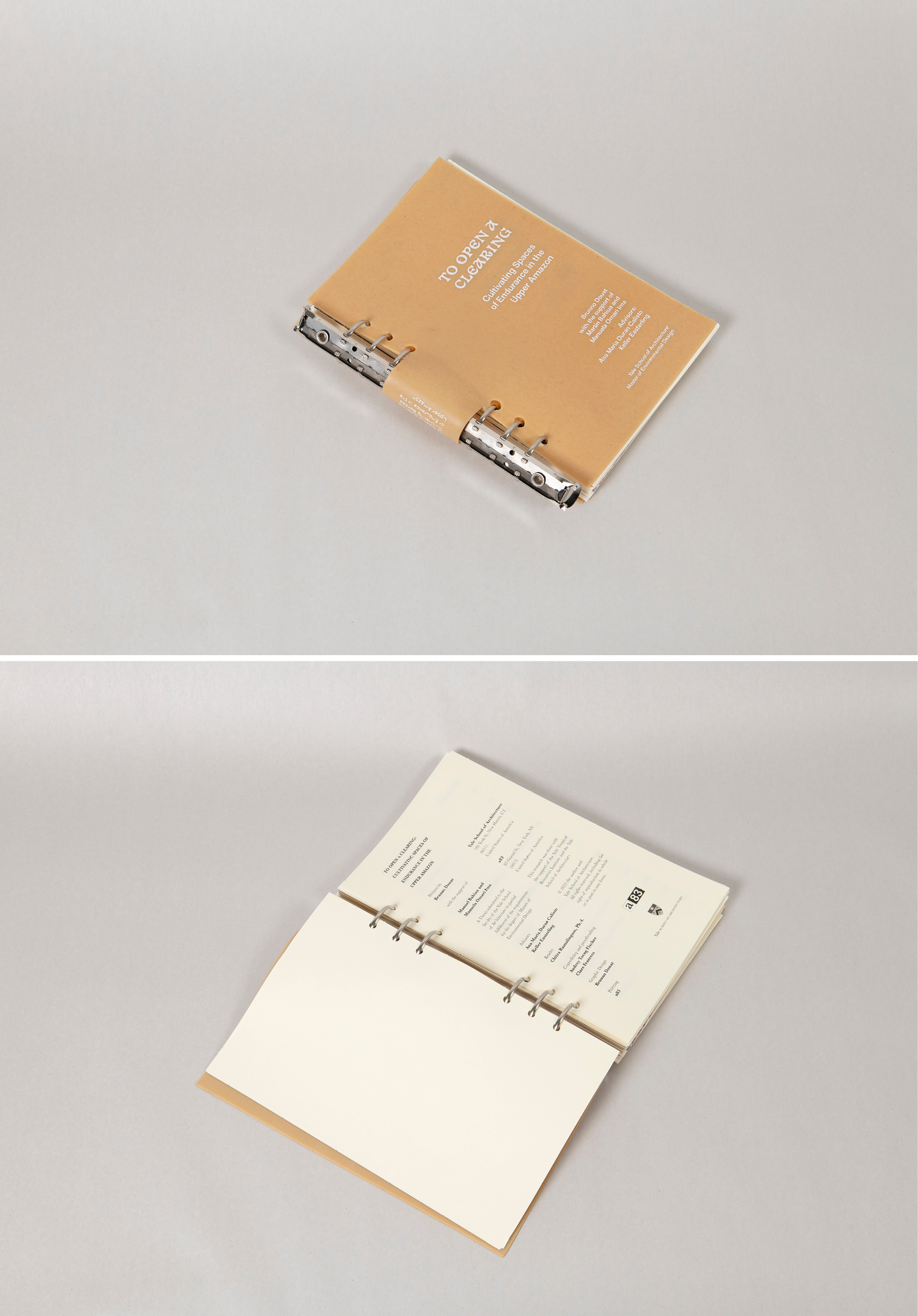




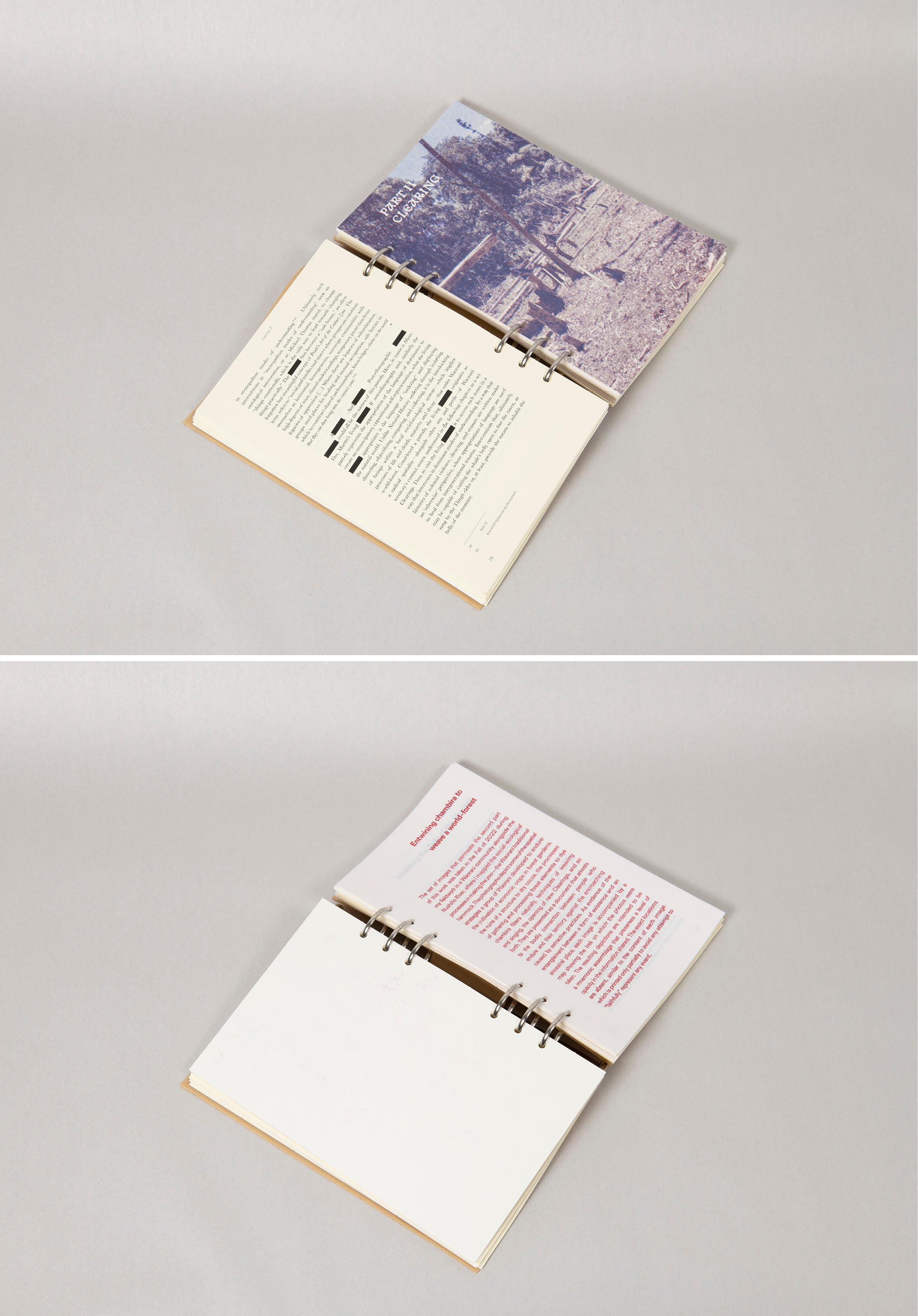
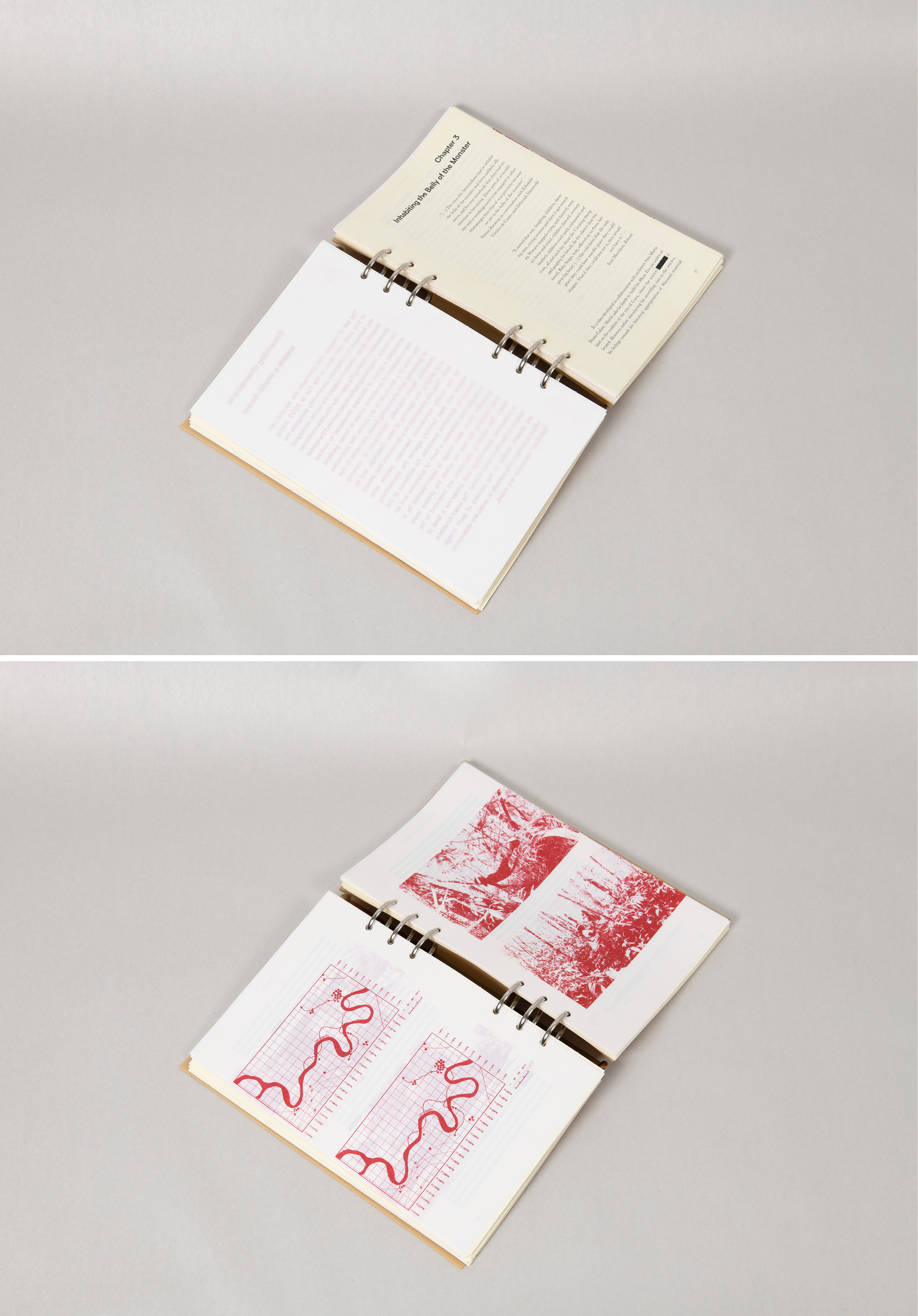
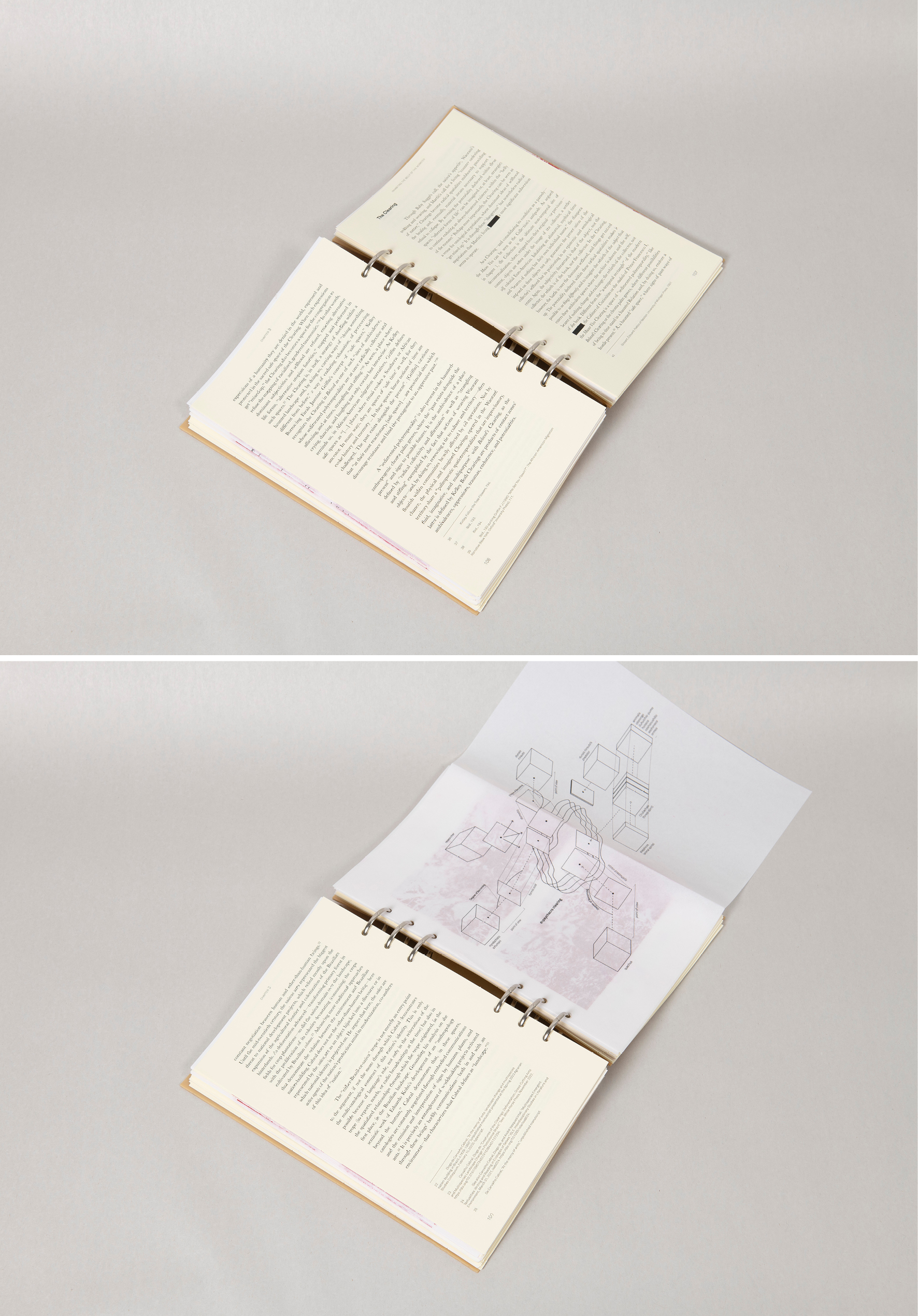

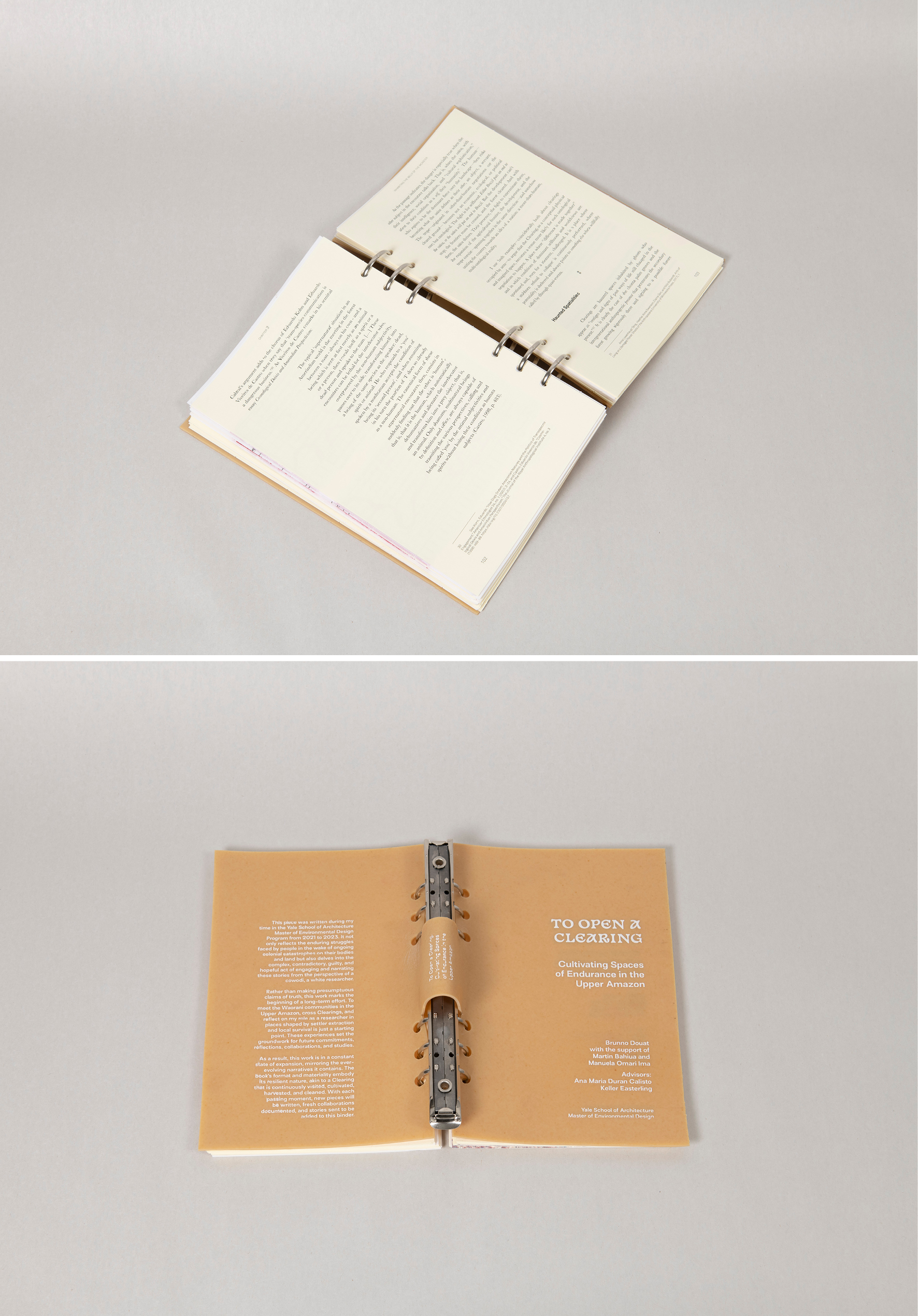
Surfacing — The Civilised Agroecological Forests of Amazonia.
Installation at the 2023 Venice Architecture Biennale The Laboratory of the Future
Authors: Estudio A0 (Ana María Durán Calisto and Jaskran Kalirai) and Manuela Omari Ima
Collaborator as a researcher and fundraiser.
Maps of ancestral territory embroided in Wengo and ceilling structures weaved in One fibers by the Waorani communities of Tiwino and Tepapade in collaboration with students from the Yale School of Architecture.
From the catalogue:
"Gold prospecting using LiDAR in the twenty-first century has brought to the surface not only vast mineral deposits but also evidence of mega-regional cities. The digital whispers of these cities forcefully speak of the civilisations built by the people of the Amazon River basin tributaries for over five millennia.
The land of the ‘savage’ portrayed by the European conquest through Greek mythical beings and medieval legendary monsters are now being portrayed by remote sensing as the land of interwoven constellations of agroecological urbanisms that call for a new name, for an ontological reckoning.
The civilisations of oral traditions are wanting of recognition, not as exotic urbanisms to be marginally included in history textbooks, but as brilliant, working examples of urban ecology that may lead our way into a reconciliation of the city, its foods systems, and its hinterlands. This is the focus of this exhibition."
Spring 2023


Gustavo Caboco's Sols 3347-3348: Bem
Vindo a Roraima!
Exhibition Design and Scenography in collaboration with Stav Dror.
Installation and art by Gustavo Caboco.
Commissioned for Art Basel Miami.
Text by Gustavo Caboco:
"IIn January 2022, NASA’s Curiosity rover took pictures of an area called Roraima because the soil looked like that of Mount Roraima in northern Brazil. It turns out that this region is cosmological evidence of the indigenous people that inhabit this area, such as the Wapichana, Makuxi, Patamona, and Ingarikó people. For us, recognizing Mount Roraima on Mars suggests that our grandfather Makunaima and his brothers Anikê and Insikiran would have visited this territory in another time and, who knows, transplanted a seedling from the Great Tree there to leave us traces of our history. Our Wapichana roots are in the Tamoromu tree, which is and was similar to a banana tree. A tree in which all life is vibrant and exists. Banana trees grow in families: granddaughters, daughters, grandmothers; sometimes, these granddaughters are transplanted. That means that they are cut and removed from their grandmothers to inhabit other lands. Tamoromu is the tree in which all life—all fruits, vegetables, animals, and people—live. Makunaima, our grandpa, cut this tree. This gesture that felled the tree generated a pororoca, a big wave, that created the world, the worlds and underworlds that we inhabit. Mount Roraima is the stump of this great tree."
Fall 2023.

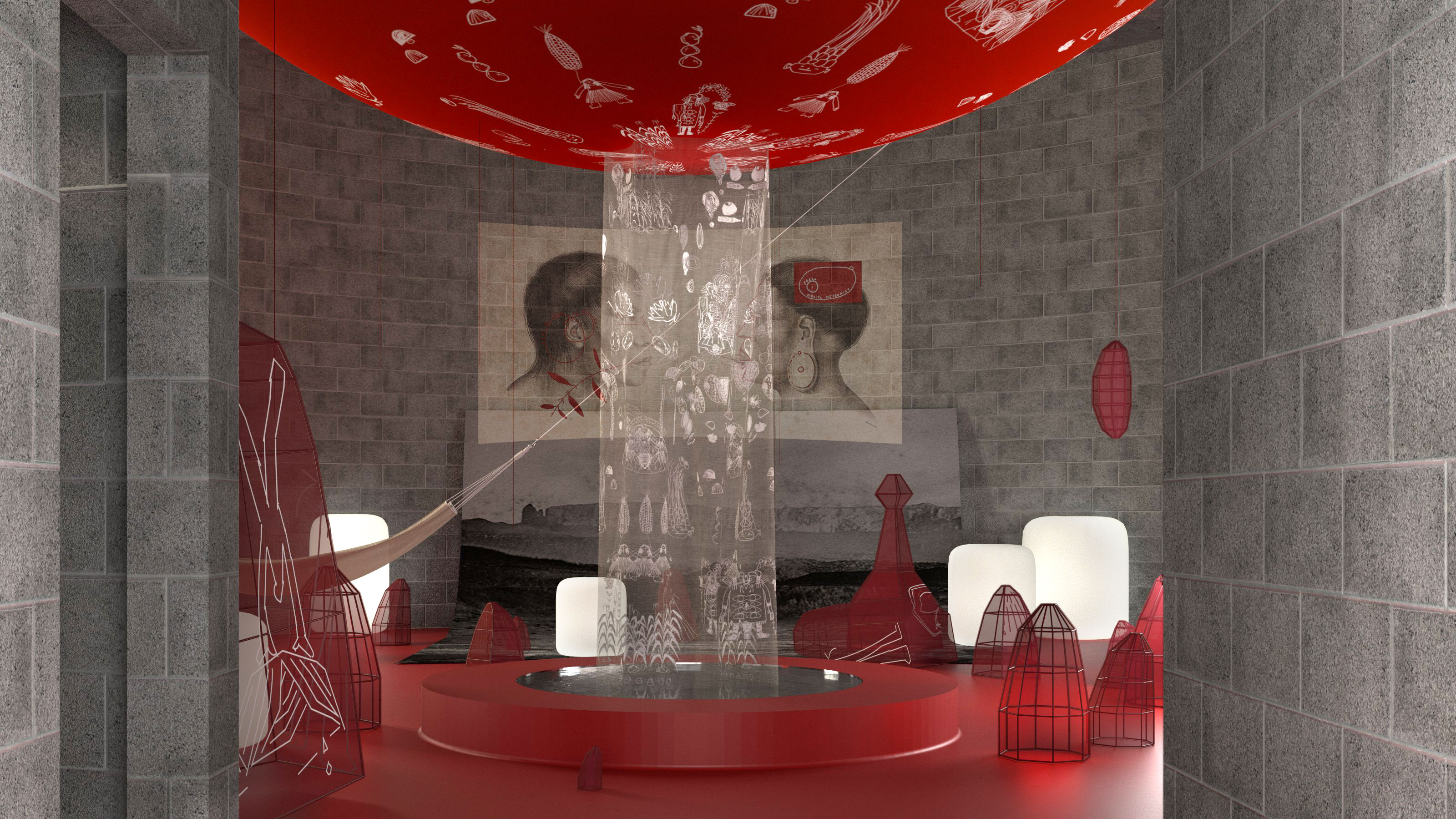

Caixa Morada
Mobile exhibition system for photographer Mariana Alves’ project, Morada.
Together with Ingrid Schmaedecke
Photos by Meio Estreito
Spring 2021
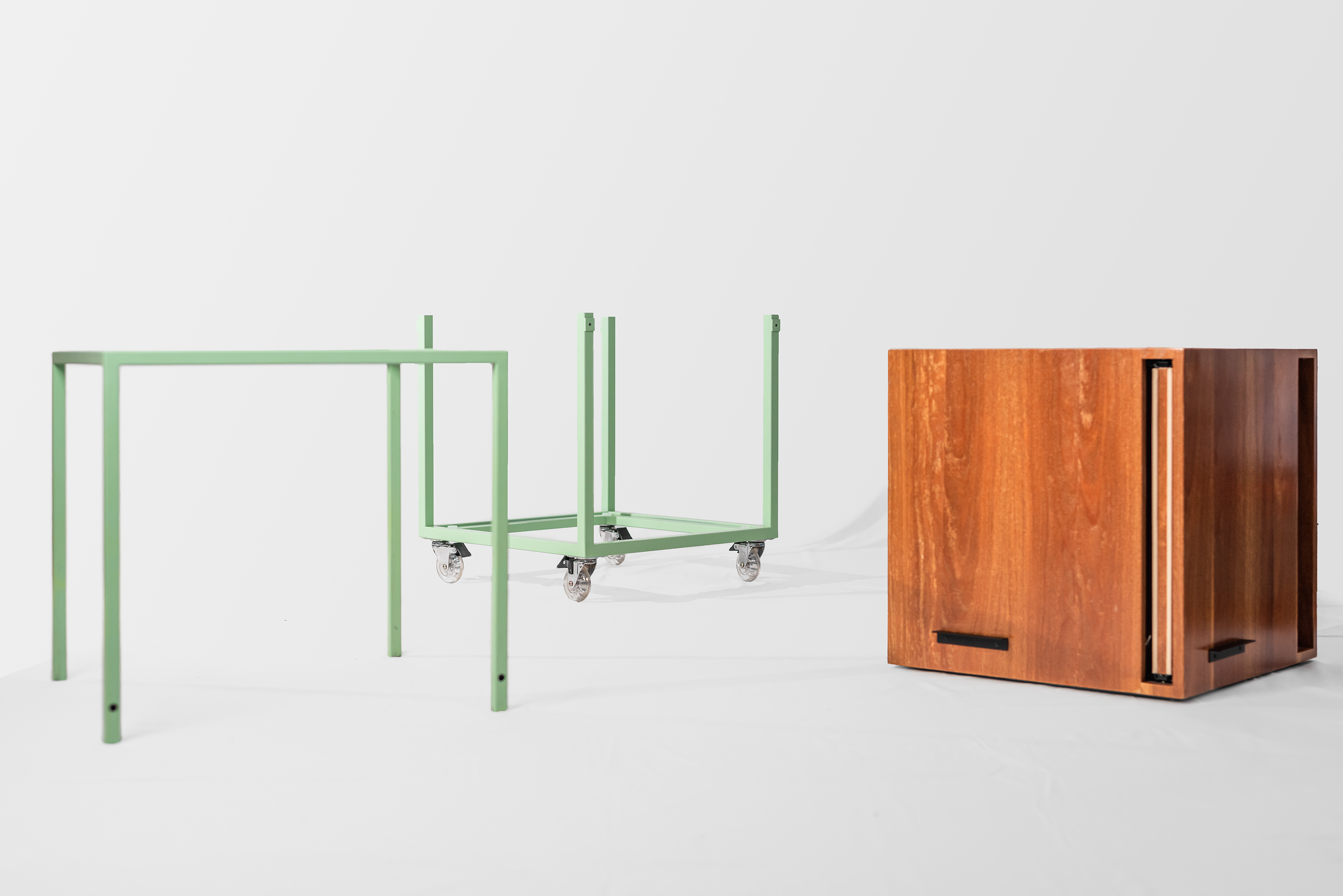






Counter-witnessing Blackfeet Erasure in Beinecke's Walter McClintock collection of colored slides
The investigation proposes critically analyzing the editing processes involved in negatives, photographs, and colored slides depicting Blackfeet communities as part of the Walter McClintock collection at Beinecke Rare Book & Manuscript Library. Salvage ethnographer and photographer Walter McClintock would erase elements of acculturation to promote the idea of a pristine and idealized indigeneity, supposedely “untouched by white civilization.” For that purpose, elements such as trains, Western clothing, wagons, and whole villages were systematically erased in the original negatives. The research consists in cataloguing the negatives, comparing them with the later edited colored-slides, analyzing erased elements and, consequentely, bringing silenced stories to the surface.
Research supported by the Beinecke Rare Book & Manuscript Library Fellowship for Graduate Students.
Spring/Fall 2022 (Ongoing)
